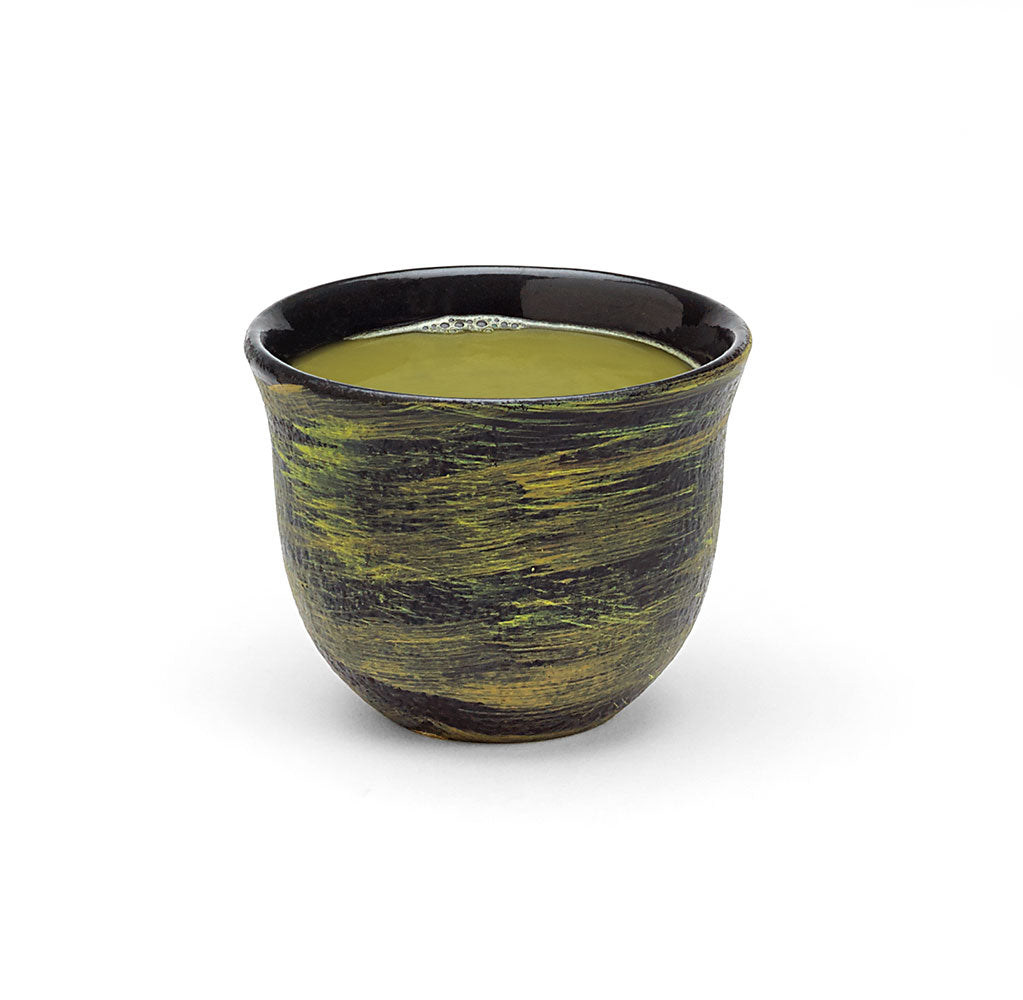
The Eyes Have It - Green Tea
After centuries of use, many of its health benefits are well known and the subject of countless clinical trials and studies—cardio protective, anti-carcinogenic, blood sugar balance, etc.—but emerging research proports additional protection against age-related eye diseases like cataracts, macular degeneration, and glaucoma.
Fueled with numerous natural compounds, the secret to green tea’s disease-halting superpower is believed to be antioxidants (natural chemicals that fight damaging free radicals). Antioxidants like vitamin C, lutein, and zeaxanthin protect against cancer, heart disease and especially eye cataracts, disease.
Special antioxidants called flavonoids in the tea leaves help protect the eyes against diseases such as age-related macular degeneration and some types of glaucoma. One particular flavonoid, gallocatechin, collects in the retina and protects the retina against dangerous UV rays.
Protects Against Oxidative Stress
A 2010 study conducted by the Chinese University of Hong Kong found that the antioxidants in green tea could be found in eyes more than 20 hours after the drink had been consumed. These antioxidants are referred to as “catechins” and were concluded to absorb into the lens, retina, and other eye tissues, protecting against various eye diseases. Catechins scavenge for free radicals that damage DNA and contribute to cancer, blood clots, and atherosclerosis. Catechins are also very significant to our vision health, as they are among antioxidants vitamin C and vitamin E, which help to protect the delicate tissues of the eye from eye diseases such as glaucoma.
Protects Against UV Damage
According to a study conducted in 2007 by the Chosun University College of Medicine in Korea, the antioxidants found in green tea can actually protect against UV damage. When the green tea antioxidants were administered in cultured human retinal pigment epithelial cells, the cell count and activity increased, suggesting great promise and potential application in the future.
Prevents Cataract Formation
Cataracts are the leading cause of blindness worldwide. It is a disease associated with the oxidative stress produced by free radicals. In 2002, a study from the All India Institute of Medical Sciences discovered that green tea leaf extract protected the eyes of rats from forming cataracts.
Protects Against Age Related Macular Degeneration and Glaucoma
Oxford University conducted a study in 2006 that suggested green tea may protect against degeneration and glaucoma. This study investigated whether green tea antioxidant could reduce free radical damage and alleviate degeneration of the retina when introduced to a cell culture. Scientists came to the conclusion that green tea contains a very powerful antioxidant that allows oxidative stress to be reduced when injected into the eye. This study provided “proof of principle” for the idea that a daily intake of green tea may help retinal diseases, like AMD and glaucoma, where oxidative stress is implicated.
Protects Against Dry Eyes
A recent report on green tea released by Biosyntrx Nutritional Biotechnology suggests that drinking green tea may help to improve your eye health and combat dry eyes. This is primarily due to the significant health-promoting actions found in its rich content of antioxidant compounds epigallocatechin gallate (EGCG) and catechins. According to the Biosyntrx article, catechins scavenge for free radicals that damage DNA and contribute to cancer, blood clots, and atherosclerosis. A Chinese study suggests that EGCG is able to protect retinal ganglion cells against oxidative-stress injury and may be used as a potential neuroprotective drug.
